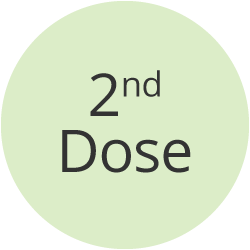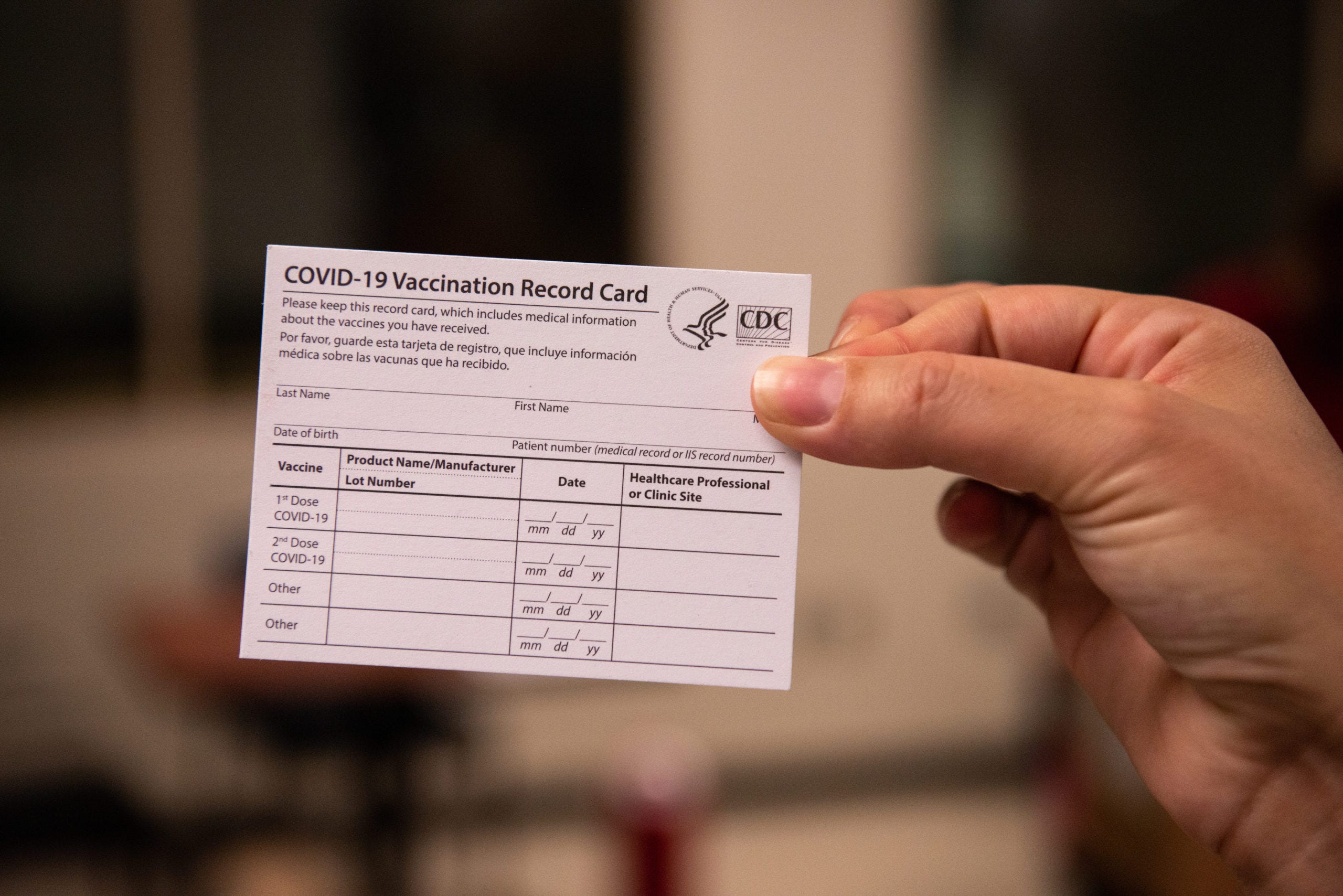
This spurred Pulendran’s desire to assemble a complete report card on the immune response to it. In December 2020, Stanford Medicine began inoculating people with the Pfizer vaccine. The Pfizer and Moderna vaccines instead contain genetic recipes for manufacturing the spike protein that SARS-CoV-2, the virus that causes COVID-19, uses to latch on to cells it infects. The Pfizer vaccine, like the one made by Moderna Inc., works quite differently from the classic vaccines composed of live or dead pathogens, individual proteins or carbohydrates that train the immune system to zero in on a particular microbe and wipe it out. During the week or so it takes for the adaptive immune system to rev up, innate immune cells perform the mission-critical task of holding incipient infections at bay by gobbling up - or firing noxious substances, albeit somewhat indiscriminately, at - whatever looks like a pathogen to them. Although they’re not good at distinguishing among separate pathogens, they secrete “starting gun” signaling proteins that launch the response of the adaptive immune system - the B and T cells that attack specific viral or bacterial species or strains. It’s the body’s sixth sense, Pulendran said, whose constituent cells are the first to become aware of a pathogen’s presence. In addition, the innate immune system, an assortment of first-responder cells, is now understood to be of immense importance. On finding them, they tear those cells up. One key immune-system component examined by Pulendran and his colleagues was T cells: search-and-destroy immune cells that don’t attach themselves to viral particles as antibodies do but rather probe the body’s tissues for cells bearing telltale signs of viral infections. Pulendran and his colleagues assessed goings-on among all the immune cell types influenced by the vaccine: their numbers, their activation levels, the genes they express and the proteins and metabolites they manufacture and secrete upon inoculation. Antibodies alone don’t come close to fully reflecting its complexity and potential range of protection.” “But the immune system is much more complicated than that. “Antibodies are easy to measure,” Pulendran said. Traditionally, the chief immunological basis for approval of new vaccines has been their ability to induce neutralizing antibodies: individualized proteins, created by immune cells called B cells, that can tack themselves to a virus and block it from infecting cells. “This is the first time RNA vaccines have ever been given to humans, and we have no clue as to how they do what they do: offer 95% protection against COVID-19,” said Pulendran. The study’s lead authors are Prabhu Arunachalam, PhD, a senior research scientist in Pulendran’s lab medical student Madeleine Scott, PhD, a former graduate student in Khatri’s lab and Thomas Hagan, PhD, a former postdoctoral scholar in Pulendran’s Stanford lab and now an assistant professor at the Yerkes National Primate Research Center in Atlanta. He shares senior authorship of the study with Kari Nadeau, MD, PhD, the Naddisy Foundation Professor of Pediatric Food, Allergy, Immunology, and Asthma and professor of pediatrics, and Purvesh Khatri, PhD, associate professor of biomedical informatics and of biomedical data science. “The world’s attention has recently been fixed on COVID-19 vaccines, particularly on the new RNA vaccines,” said Pulendran, the Violetta L.

They counted antibodies, measured levels of immune-signaling proteins and characterized the expression of every single gene in the genome of 242,479 separate immune cells’ type and status. The researchers analyzed blood samples from individuals inoculated with the vaccine. The study, published July 12 in Nature, was designed to find out exactly what effects the vaccine, marketed by Pfizer Inc., has on the numerous components of the immune response. “So we probed the immune response induced by one of them in exquisite detail.”

“Despite their outstanding efficacy, little is known about how exactly RNA vaccines work,” said Bali Pulendran, PhD, professor of pathology and of microbiology and immunology. The finding strongly supports the view that the second shot should not be skipped. The second dose of a COVID-19 vaccine induces a powerful boost to a part of the immune system that provides broad antiviral protection, according to a study led by investigators at the Stanford University School of Medicine.



 0 kommentar(er)
0 kommentar(er)
